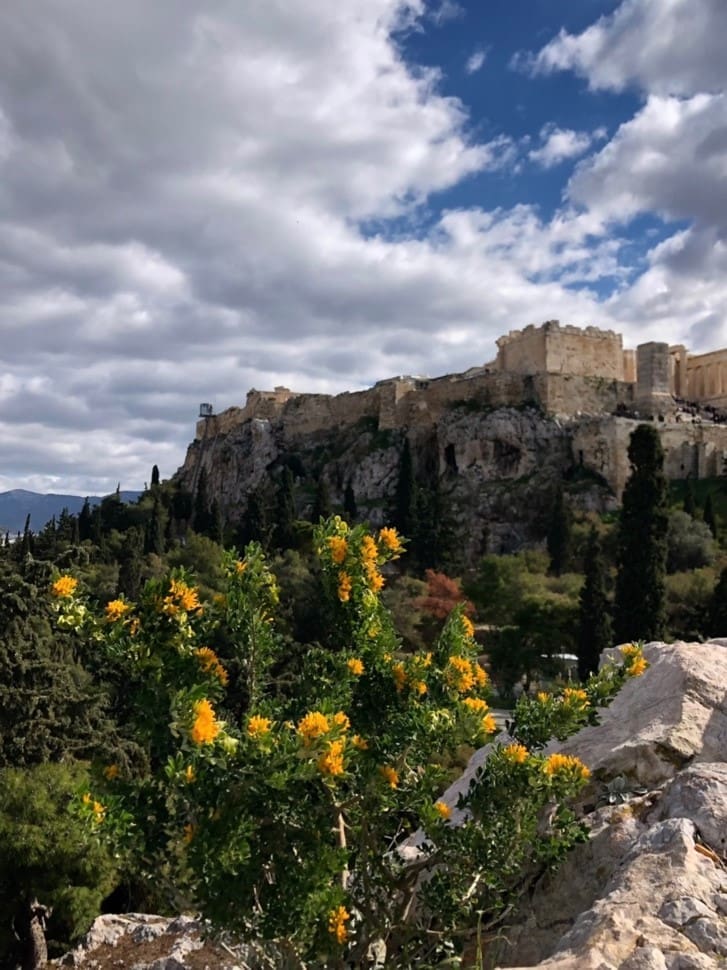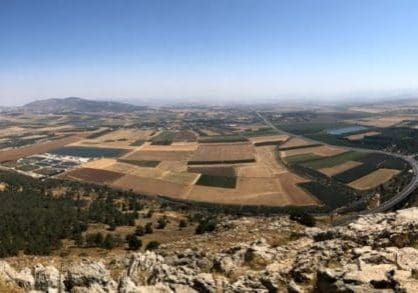
“Then certain philosophers of the Epicureans, and of the Stoicks, encountered him. And some said, What will this babbler say? other some, He seemeth to be a setter forth of strange gods: because he preached unto them Jesus, and the resurrection…Then Paul stood in the midst of Mars’ hill, and said, Ye men of Athens, I perceive that in all things ye are too superstitious. For as I passed by, and beheld your devotions, I found an altar with this inscription, To The Unknown God. Whom therefore ye ignorantly worship, him declare I unto you.” Acts 17:18, 22-23
In modern times we use the terms Stoic, and to a lesser extent Epicurean. However, our common definitions of these words can incorrectly color our understanding of these ancient schools of thought.
Stoics believed in the pursuit of virtue. They believed that behind the pantheon of Greek gods was an even more powerful god that they could not see or know. Seneca, who was a contemporary of the Apostle Paul, wrote to his friend Lucilius:
“We do not need to uplift our hands towards heaven, or to beg the keeper of a temple to let us approach his idol’s ear, as if in this way our prayers were more likely to be heard. God is near you, he is with you, he is within you. This is what I mean, Lucilius: a holy spirit indwells within us, one who marks our good and bad deeds, and is our guardian. As we treat this spirit, so are we treated by it. Indeed, no man can be good without the help of God. Can one rise superior to fortune unless God helps him to rise? He it is that gives noble and upright counsel. In each good man a god doth dwell, but what god know we not.” Seneca, Letters from a Stoic
In contrast to the Stoics, the Epicureans lived by what they called the pleasure principle. This was a misunderstanding in their day, just as in our day, as a license for self-indulgence. However, the Epicureans believed pleasure was the absence of pain, and an excess of pleasure brings with it pain. Epicureans sought to live pleasant, modest lives of inner tranquility. So drunkenness, debauchery, fine dining, war, involvement in politics, and overeating were sources of pain that they avoided. Beyond this, they included the fear of death and the afterlife as an unnecessary pain in this life. In their view, the gods were as far above us as we are above ants. “They do not care about us, so why should we care about them?”
“It does no good for a man to secure himself safety from other men so long as he remains in a state of fear about heaven, about hell, and about the nature of the boundless universe.” Epicurus
When asked by the jews to preach in Thessalonica and Berea, Paul used stories from the Old Testament in his sermons. But when Athenian philosophers asked him to preach, he used their own beliefs to point them to the truth.
As believers in Jesus, we should be like Paul. We should preach to the unconverted using words that they understand, instead of obscuring the message in a cloud of Christian lingo and jargon. Paul stood before the philosophers and used their own altar to the Unknown God to teach them the truth about Heaven, and the resurrection of the dead.






